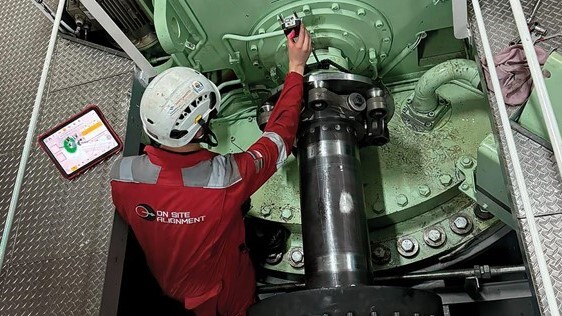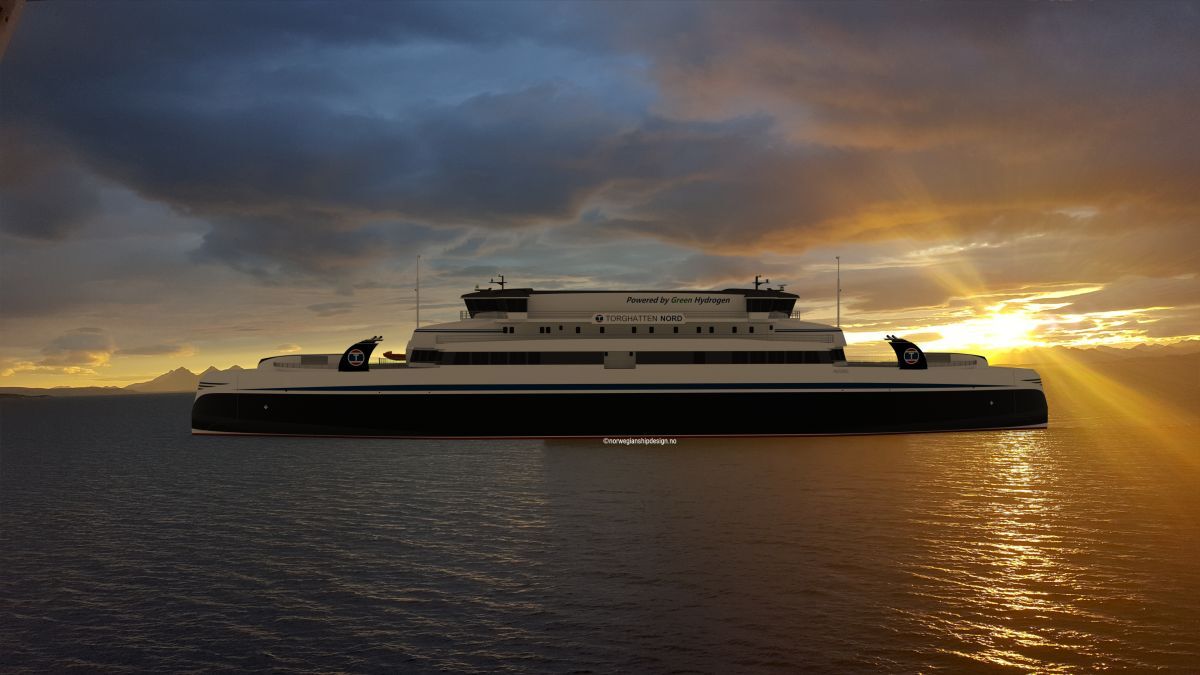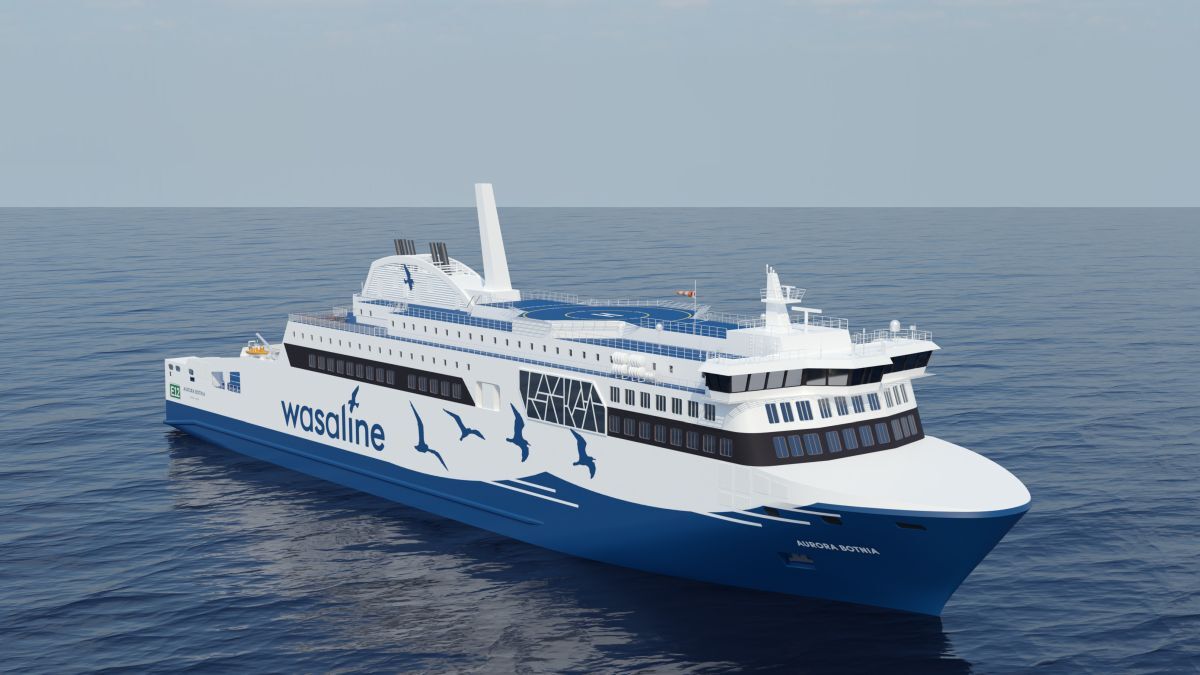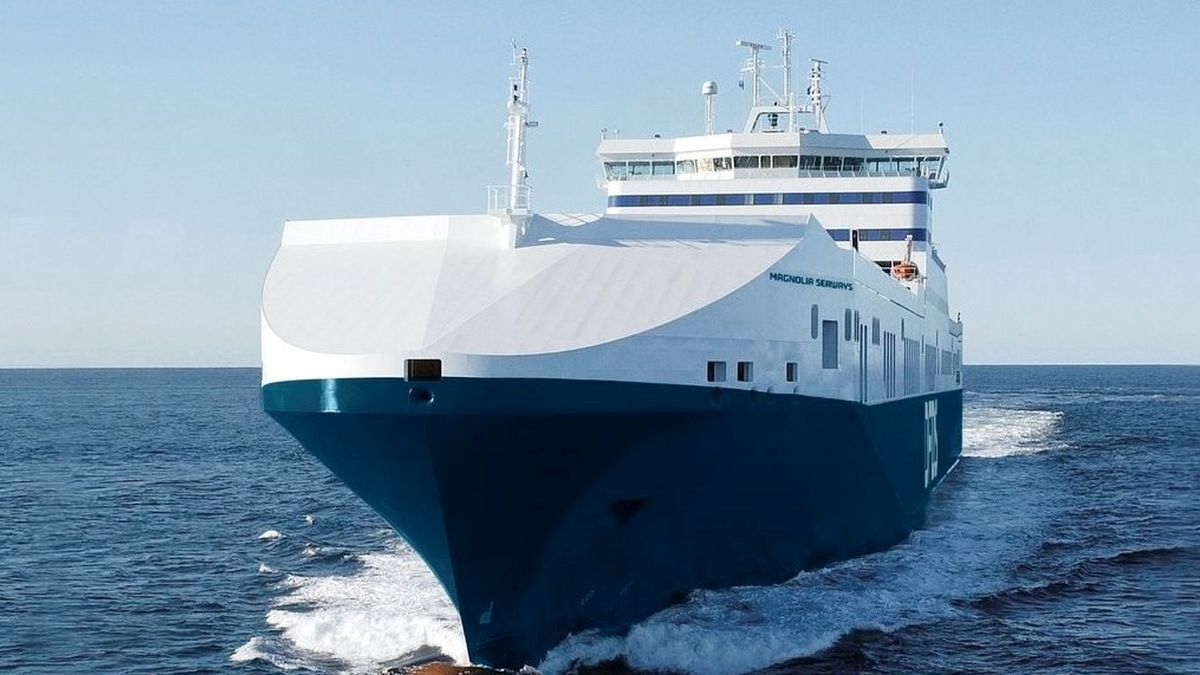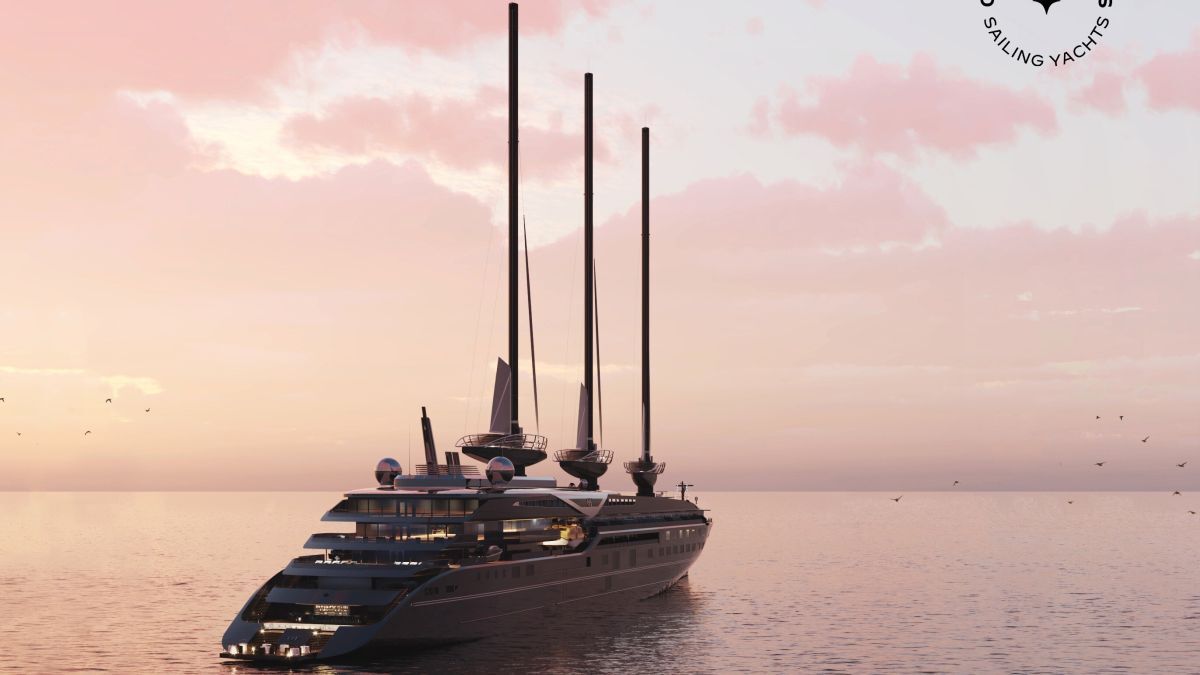Business Sectors
Events
Contents
Register to read more articles.
Torghatten Nord sets example for ropax fleet
The world’s largest marine hydrogen fuel-cell project is the culmination of three years of planning for the energy transition and marks a major step on the pathway towards a zero-carbon ferry fleet, says hydrogen fuel-cell supplier PowerCell Group’s business manager marine, Johan Burgren
Picture this: it is 2035, and expectations for the ropax market for revenue-generating passengers and cargo owners have changed. As cars and haulage become predominantly electric – will motorists and cargo owners choose to use a polluting ferry?
Using alternatives to conventional fuels is no longer a future dream – it is a reality today. PowerCell recently signed an agreement to fit hydrogen fuel cells on two ferries owned and operated by the Norwegian transport group Torghatten Nord. The vessels will be mostly powered by green hydrogen, and the fuel cells are expected to reduce their combined CO2 emissions by 26,500 tonnes per year, which corresponds to the CO2 emissions from 13,000 diesel cars per year being removed from the roads.
The fuel cells will also enable the vessels, which will operate on Norway’s longest ferry route, – a four-hour journey, with challenging weather conditions – to produce approximately 6 MW of power each. The order has a value of €19.2M (US$20.2M) – representing the largest non-combustion fuel propulsion project to date in the global marine industry, and the project is financed by Statens vegvesen.
Blueprint for the ropax fleet
This project is a case of a sustainability front-runner recognising the broader direction of travel for the ferry industry. The European ropax fleet currently has an average age of 38 years, according to PowerCell’s analysis. This age profile means there is a significant need for newbuilds or to retrofit the existing fleet.
Companies need capital for both endeavours, and fleets with strong sustainability credentials will be better placed to secure financing.
Receiving superior Poseidon Principles-aligned green financing will rely on shipowners and operators providing a viable plan for a 30-year lifespan; but not all solutions are viable in the long run. The risk of investing in assets that become stranded is real. A drop-in fuel, for example, will not be for life, is costly, and will require a plan for ultra-low/zero-carbon alternatives in the future, where hydrogen fuel cells have a clear zero-carbon, long-term advantage.
A low IMO Carbon Intensity Indicator (CII) rating or high cost of carbon through the EU Emission Trading System (ETS) is sure to also impact earning capacity and by default asset values – posing a balance sheet risk. It is therefore vital for ferry owners and operators to visualise the future, and the transition to electrification and emissions-free energy, when planning for the energy transition.
Tightening regulations
Maritime environmental regulations are becoming incrementally more impactful. In January 2024, CO2 emissions from ships above 5,000 gt and transporting cargo or passengers for commercial purposes will be included in the EU ETS, which will increase the demand for net-zero or zero-carbon solutions.
Looking at CII, an analysis by class society DNV of EU MRV data revealed a significant portion of the existing ropax fleet will have challenges meeting IMO requirements within the next two to five years – 47% have CII ratings of D and E. This is not just the case for old ships, but also vessels as young as 10 years, which are already rated E.
Additionally, IMO has focused many of its greenhouse gas regulations on the bigger ships in the merchant fleet that make up 85% of the industry’s carbon footprint. But it is the other 15% that is ready for decarbonisation now – and where we can demonstrate the impact of new, zero-carbon solutions.
Shipowners and operators also need to consider upcoming changes to how emissions are calculated by IMO and other regulators. Well-to-wake, lifecycle analysis is critical to avoid favouring fuels that have attractive tank-to-wake figures but produce high lifecycle emissions. The expectation is that regulators will conform to well-to-wake analysis as the rationale is so clear. Strong performance within regulations not only offers commercial and financing advantages, but also helps shipowners meet the demands of increasingly environmentally conscious customers.

Norway lighting the way
There are several nations and companies leading the way for others to follow. Torghatten Nord is not the only one that recognises the direction of travel; its recent project with PowerCell forms part of a Norwegian government initiative that aims to see all ferries crossing the Vestfjorden between Lofoten and Bodø in northern Norway become emissions free. This is a ground-breaking project for Norway and the marine industry as the country is taking an important step to establish green hydrogen as a clean energy source.
Ships with fixed routes and frequent port calls are a clear place to start, as they have a practical use case that is ready to go. A ropax requires power to travel from A to B within minutes or hours, not for two weeks at a time or longer. This is where the use of fuel cells come into play as they are perfectly suited for demanding applications where operational reliability, high power density and compact format are important parameters. They therefore deliver a particularly strong return on investment on these routes.
With a long, demanding crossing of up to four hours, green hydrogen was deemed the most viable solution to supply the power Torghatten Nord’s vessels require. The ferries – each with a capacity of 599 passengers and 120 cars – are scheduled to operate from October 2025 as part of a replacement programme for similar sized and operated fossil-powered ferries.
Fuel cells are ready to take on the heavy lifting of marine decarbonisation now. The fact that fuel cells can meet the needs of such a long-distance route – and one with challenging weather conditions – shows a new generation of technology has emerged. Plus, there are clear opportunities to use them. In Norway alone, there are roughly 800 ferry lines and ferries are a segment where we can expect increasingly great interest in hydrogen-electric solutions.
Riviera Maritime Media’s Maritime Decarbonization Conference, Americas will be held 12-13 December 2023 in Houston, USA. Use this link for further information and to register your interest
Related to this Story
Events
Maritime Environmental Protection Webinar Week
Cyber & Vessel Security Webinar Week
The illusion of safety: what we're getting wrong about crews, tech, and fatigue
Responsible Ship Recycling Forum 2025
© 2024 Riviera Maritime Media Ltd.

